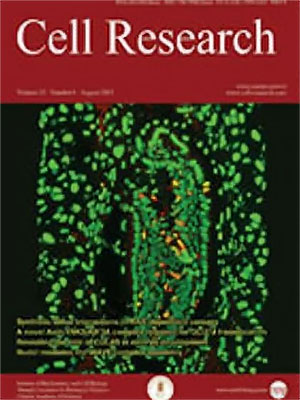Volume 14 Issue 3, June 2004: 241-250
ORIGINAL ARTICLES
Apoptosis is not an invariable component of in vitro models of cortical cerebral ischaemia
Paul Alexander Jones1, Gillian Ruth May2, Joyce Ann McLuckie1, Akinori Iwashita3, John Sharkey1
1Fujisawa Institute of Neuroscience, Division of Neuroscience, University of Edinburgh, 1 George Square, Edinburgh, UK.
2Medical Information, Eli Lilly and Company Ltd, Lilly House, Priestley Road, Basingstoke, RG24 9NL, UK.
3Medicinal Biology Research Laboratories, Fujisawa Pharmaceuticals Co. Ltd., 2-1-6 Kashima, Yodogawa-ku, Osaka, 532-5814, Japan.
Correspondence: Paul Alexander Jones(P.Jones@ed.ac.uk )
Characterising the mechanisms of cell death following
focal cerebral ischaemia has been hampered by a lack of an
in vitro assay emulating both the apoptotic and necrotic features observed
in
vivo. The present study systematically characterised oxygen-glucose-deprivation
(OGD) in primary rat cortical neurones to establish a reproducible model
with components of both cell-death endpoints. OGD induced a time-dependent
reduction in cell viability, with 80% cell death occurring 24 h after
3 h exposure to 0% O
2 and 0.5 mM glucose. Indicative of a necrotic
component to OGD-induced cell death, N-methyl-D-aspartate (NMDA) receptor
inhibition with MK-801 attenuated neuronal loss by 60%. The lack of protection
by the caspase inhibitors DEVD-CHO and z-VAD-fmk suggested that under
these conditions neurones did not die by an apoptotic mechanism. Moderating
the severity of the insult by decreasing OGD exposure to 60 min did not
reduce the amount of necrosis, but did induce a small degree of apoptosis
(a slight reduction in cell death was observed in the presence of 10 µM
DEVD-CHO). In separate experiments purported to enhance the apoptotic
component, cells were gradually deprived of O
2, exposed to
4% O
2 (as opposed to 0%) during the OGD period, or maintained
in serum-containing media throughout. While NMDA receptor antagonism significantly
reduced cortical cell death under all conditions, a caspase-inhibitor
sensitive component of cell death was not uncovered. These studies suggest
that OGD of cultured cortical cells models the excitotoxic, but not the
apoptotic component of cell death observed
in vivo.
FULL TEXT | PDF
Browse 1745


